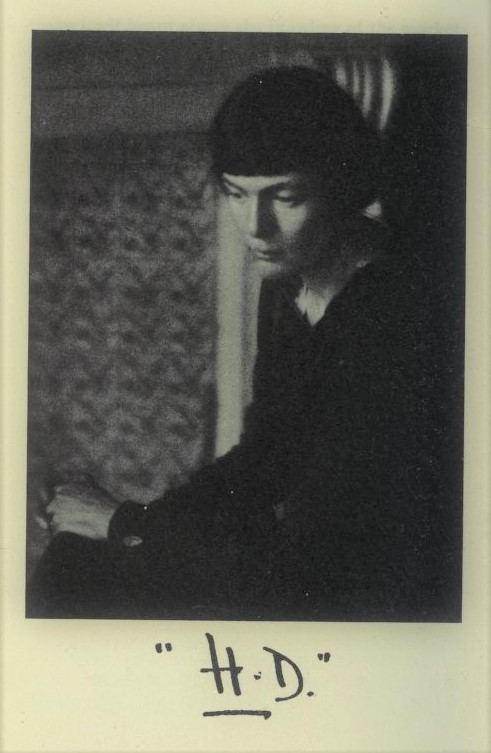Imagism
Imagism was a poetic movement founded by Ezra Pound that began in England and eventually moved to the US. Lasting roughly from 1912-1917, imagism followed symbolism and reacted against what it perceived as the decadence of romanticism. Imagist poetry strove for singular, clear, concrete images over flowery, vague or overly spiritual language. Interestingly, imagism was both an avant-garde movement, and defined itself in opposition to movements that were extremely concerned with capturing the speed and intensity of modern society, such as futurism. Instead, imagism looked back to ancient mythology, especially Chinese and Greek sources, for simple imagery and allusions.

Imagist poetry was mostly published in a small network of small magazines. Two of the most important essays defining imagism were Flint’s “Imagisme” and Pound’s “A Few Don’ts by an Imagiste” (both of which are linked in the map above). Pound began the movement, and was joined by H.D., Richard Aldington, and Amy Lowell, who eventually took over the movement after a disagreement with Pound.
Chris Baldick. “Imagism.” The Oxford Dictionary of Literary Terms, Oxford University Press, 2015.
Braddock, J. “Imagism.” The Princeton Encyclopedia of Poetry and Poetics, Princeton University Press, 2012.
Brinkman, Bartholomew. “Making Modern "Poetry": Format, Genre and the Invention of Imagism(e).” Journal of Modern Literature 32, no.2 (2009): 20–40.
Mick Imlah. “Imagism.” The Oxford Companion to Modern Poetry, Oxford University Press, 2014.
James D. Hart ; Wendy Martin ; Danielle Hinrichs. “Imagism.” The Concise Oxford Companion to American Literature, Oxford University Press, 2021.
Sherry, Vincent. “Imagism.” The Cambridge History of English Poetry. Cambridge: Cambridge University Press, 2010.
Thacker, Andrew, and British Council. The Imagist Poets. Tavistock: Northcote House, 2011.